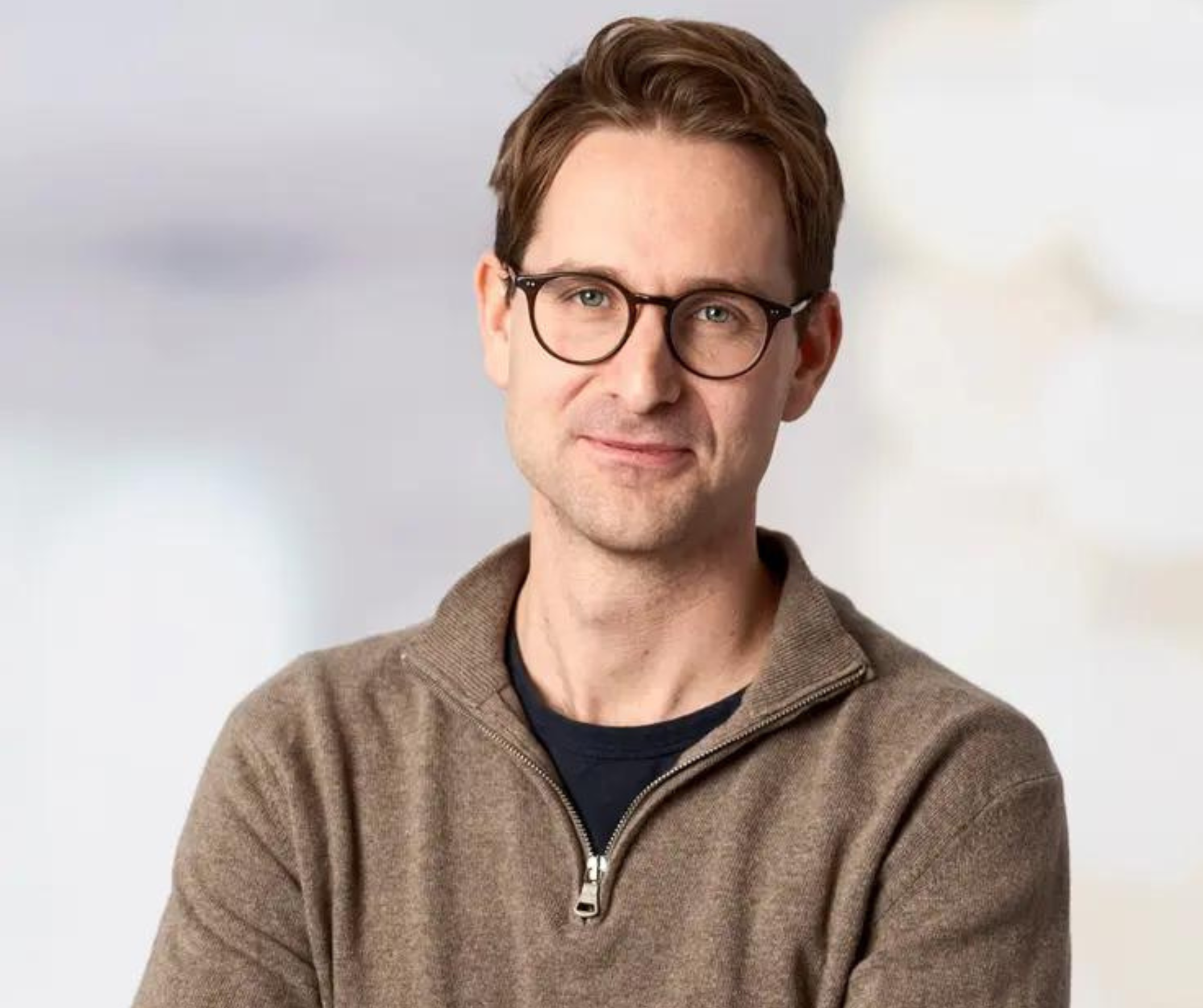In this episode of Meet the CEOs, Daniel sits down with Erik Martinson, the ex-CEO and now Chief Innovation Officer and Co-Founder of Svea Solar, to gain insights into how he has grown the business from zero to two hundred million euros in revenue in ten years.
We also want to congratulate Svea Solar for making it to our Revenue Journal Ranking 2024, which lists Sweden’s fastest-growing B2B companies with revenues over 100 MSEK.
Takeaway 1: There are plenty of benefits to bootstrapping your business
When Erik and his co-founders first started Svea Solar, they did so when they came straight out of university. As a result, they hadn’t raised much capital for the initial launch but still opted for a bootstrapped funding approach.
“We started the company using CSN as the main financer, which is the student loan provider in Sweden,” Erik explains. “They are great investors because they have no counter demand. So we got that money without having to perform, which isn’t always the case when investors are involved.”
Svea Solar used this approach for the first six years, in which time they became the solar market leader in Sweden, highlighting what is possible with a bootstrapped approach.
Takeaway 2: Don’t be afraid to change your business plan when needed
When Svea Solar started out, they were selling one-off products and focusing all of their efforts on doing the best job possible. However, they realized that this business plan wasn’t great for long-term growth
“We started out by just selling a one-off system and then more or less left it to the customer,” Erik explains. “The better job we did, the less we heard from the customer.”
But Erik and the team quickly realized that this approach meant they weren’t connected closely enough to their customers or prepared for the mass market audience.
“Now, it's the other way around. We work very closely with the customers to provide a service where we have financing, electricity contracts, and optimizing the grid, where we share revenues with the customers, “ he explains.
“We've really gone from just selling a one-off product that should last for thirty years to selling a product where we are in connection with the customer monthly. Now that we're coming to a threshold where not only the early adopters and innovators are driving the market but solar energy is also becoming a mass-market product, we need to offer something that's easier for the customer to adapt to.“

Erik Martinson, Co-founder and CINO of Svea Solar. Photo: Svea Solar.
Takeaway 3: You must be adaptable when attempting to break into new markets
While Svea Solar had a clear strategy for becoming the biggest solar company in Sweden, they also knew that they would need to adapt that plan to see similar growth when expanding into Europe.
“When you open up to a broader market, you're less efficient on the cost acquisition, “ Erik admits. “You're also less efficient on the installation, and you have some learning costs in there as well.“
“So it’s about finding a combination of being smart on how you get the leads and then really adapting to the market. When the market for solar energy prices goes up significantly in Sweden and Europe, anyone could catch a solar customer, “ Erik continues. “But the market is getting tougher, and people are more restrictive about capital spending. You need to really be out there explaining why this is a good investment, especially when people need to save money.”
Takeaway 4: Customer relationships can significantly reduce cost acquisition
Another key aspect that has allowed Svea Solar to keep its costs of acquisition down is through creating excellent relationships with its customers.
“One thing that we should never underestimate is that to get the cost of acquisition down, we need to really work closely with our customers,” explains Erik. “So we're spending a lot of time now ensuring we are the best provider in terms of customer care in Europe. I think that's going to be a major part of taking the cost of acquisition down and scaling the company.”

"You need to really be out there explaining why this is a good investment, especially when people need to save money.” Photo: Svea Solar.
Takeaway 5: Never lose track of your core customer
If Erik had one piece of advice for fellow CEOs and Founders who are experiencing rapid growth, it would be to never lose track of their core customers.
“I think it's easy sometimes when you scale into many markets that you lose your foundations a little bit,” he admits. “We have recently gone back to the core audience and said, ‘How do we ensure we have the best possible customer journey out there and really build on that?’ I think I would recommend any entrepreneurs to reiterate that a couple more times because it's so easy to get lost.









